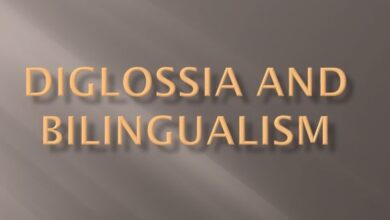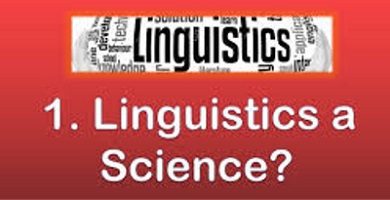Wrong propositions
The wrong propositions are logical entities with a truth value of zero (false). In general, a proposition is a linguistic (sentence) or mathematical expression from which its truth or falsity can be ascertained. Propositions are the foundation of logic and make up a very specific field known as propositional logic.
In this way, the main characteristic of a proposition is its possibility of being declared according to its truth value (false or true). For example, the expression Juan, go to the store! it does not represent a proposition because it lacks this possibility. Meanwhile, sentences such as Juan went to the store to buy or Juan goes to the store do.
Now, on the mathematical plane, “10−4 = 6” and “1 + 1 = 3” are propositions. The first case is about a true proposition. For its part, the second is part of the erroneous propositions.
So what is important is not the proposition or the way it is presented, but its truth value. If this exists, then the proposition also exists.
Characteristics
Simple or compound
Erroneous propositions can be simple (they express only one truth value) or compound (they express multiple truth values). This depends on whether or not your components are affected by chaining elements. These relating elements are known as connectors or logical connectives.
An example of the former are erroneous propositions of the type: “The white horse is black”, “2 + 3 = 2555” or “All prisoners are innocent”.
Of the second type correspond propositions such as “The vehicle is black or it is red”, “If 2 + 3 = 6, then 3 + 8 = 6”. In the latter, the link between at least two simple propositions is observed.
As with the true ones, the false ones are intertwined with other simple propositions that may be some false and others true. The result of the analysis of all these propositions leads to a truth value that will be representative of the combination of all the propositions involved.
Declarative
Erroneous propositions are declarative. This means that they always have an associated truth value (false value).
If you have, for example, “x is greater than 2” or “x = x” you cannot establish the value of falsehood (or truthfulness) until you know the fact that “x” represents. Therefore, neither of the two expressions are considered declarative. Wrong propositions characteristics and examples
Devoid of ambiguity
Erroneous propositions have no ambiguity. They are constructed in such a way that they have only one possible interpretation. In this way, its truth value is a fixed and unique one.
On the other hand, this lack of ambiguity reflects its universality. Thus, these can be universally negative, particularly negative and existentially negative:
- All the planets revolve around the sun (universally negative).
- Some humans produce chlorophyll (particularly negative).
- There are no land birds (existentially negative).
With a single truth value
The erroneous propositions have only one truth value, the false one. They do not have the true value simultaneously. Every time that same proposition is raised, its value will remain false as long as the conditions under which it is formulated do not change.
Susceptible to be represented symbolically
Erroneous propositions are likely to be represented symbolically. To this end, the first letters of the vocabulary are assigned in a conventional way to designate them. Thus, in propositional logic, the lowercase letters a, b, c and subsequent letters symbolize propositions.
Once a proposition has been assigned a symbolic letter, it is maintained throughout the analysis. Similarly, assigned the corresponding truth value, the content of the proposition will no longer matter. All subsequent analysis will be based on the symbol and the truth value.
Use of connectors or logical connectives
Through the use of chains (connectors or logical connectives), several simple wrong propositions can be joined and form a compound. These connectors are conjunction (and), disjunction (or), implication (then), equivalence (if and only if), and negation (no).
These connectors relate them to others that may or may not also be wrong. The truth values of all these propositions are combined with each other, according to fixed principles, and give a “total” truth value for the entire compound proposition or argument, as it is also known.
On the other hand, the connectors give the “total” truth value of the propositions that they chain together. For example, a wrong statement chained to a wrong statement through a disjunction connector returns a false value for the compound. But if it is chained to a true proposition, the truth value of the compound proposition will be true.
Truth tables
All the possible combinations of truth values that the erroneous propositions can adopt are known as truth tables. These tables are a logical tool for analyzing various erroneous propositions linked together.
Now, the truth value obtained can be true (tautology), false (contradiction) or contingent (false or true, depending on the conditions). These tables do not take into account the content of each of the erroneous statements, only their truth value. Therefore, they are universal.
Examples of wrong propositions
Simple propositions
Simple propositions have a single truth value. In this case, the truth value is false. This value is assigned depending on the personal perception of the reality of the person who assigns it. For example, the following simple sentences have false value:
- The grass is blue.
- 0 + 0 = 2
- Studying brutalizes people.
Compound propositions
Compound erroneous propositions are formed from simple ones that are linked through connectors:
- The grass is blue and studying stultifies people.
- 0 + 0 = 2 or the grass is blue. Wrong propositions characteristics and examples
- If 0 + 0 = 2, then the grass is blue.
- 0 + 0 = 2, and grass is blue if and only if studying stultifies people.



